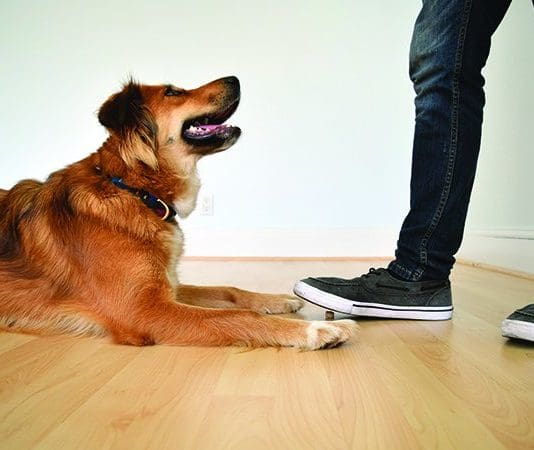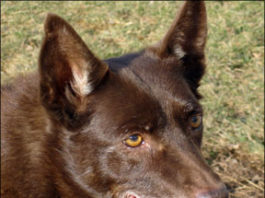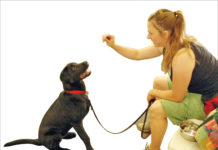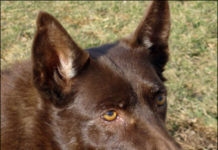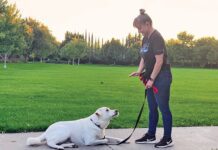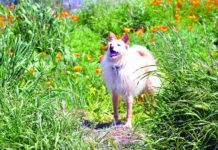Eye Contact in Dog Training
It's really not natural for dogs to offer direct and prolonged eye contact. In the dog world, direct eye contact is a threat, and the appropriate response to a direct stare is to look away as a deference or appeasement behavior (I'm not challenging you/please don't hurt me!"). In many human cultures
5 Ways to Help Your Dog Learn Cues
It's very frustrating when you're sure your dog knows the cue for a behavior but he doesn't do it when you ask him to. Imagine how frustrating it is for him when you cue a behavior and he just doesn't understand the cue that you were so sure he knew! Here are five things to do to avoid this impasse.
Getting Beyond the Basics of Dog Training
Not so very long ago, trainers assumed that anyone who signed up for a basic obedience class was seeking that perfectly straight, sit-in-perfect-heel position. Classes were conducted with military precision, trainers barking commands as owners marched their dogs in a circle, jerking and popping on leashes and choke chains in order to achieve lightning-fast responses. Success was measured by speed and perfection of position, and advanced work was conducted with one goal – to show in American Kennel Club obedience competitions, earn obedience degrees, and achieve scores as close to that magic “perfect 200” as possible.
Dog Training for Kids and Other Beginners
The level of your children’s participation in your dog’s training program will vary based on the age and abilities of the children.
Why Force-Based Training Methods Are Not Advocated
or because she's not sure what you want her to do; either way
How to Teach A Dog to “Leave It”
There are many times in your dog's life when she needs to be able to control her impulse to engage in a behavior. Last month, we discussed Wait" and "Stay" but impulse control goes far beyond these "don't move" cues. "Leave it" is another impulse-control behavior that is very useful for your dog to know. The cue means
The ABCs of Training
We have Edward Thorndike (1874 - 1949) to thank for teaching us about The Law of Effect. While studying behaviorism, he observed and described The Law of Effect, which states that behaviors change as a result of the consequences to actions. Boundless.com has a nice succinct explanation of The Law of Effect:
Examples of Management/Training Scenarios
and leave him alone when he has a high-value resource. If you do need to take something away from him
5 Essential Dog Training Supplies
You don't need to spend a lot of money on dog training supplies to be prepared to train your dog effectively. For most dogs, a well-fitted harness, comfortable flat-buckle collar, sturdy leash, and some tasty treats are all you will need to teach your dog to love training time! When dogs love their training, they learn behaviors quickly, and the best training never over-complicates things. Save your cash and time on fancy high-tech dog training gear and stick with Whole Dog Journal's 5 positive dog training gear essentials!
Training An Older Dog
You've no doubt heard the adage, You can't teach an old dog new tricks." If you have an older dog
Dog Training Basics: How to Teach a Cue
While our dogs are born with all sorts of natural canine inclinations – like searching out food, investigating scents, romping with friends – “listen to words from humans” is not part of their default program. With the right kind of teaching, responding to your cues will become a dog’s go-to choice because it is the most reliable route to the things he wants.
Teach Your Dog to Relax Around Bees
Just like a good skunking doesnt stop most dogs from going after those black-and-white critters again the next time (darn it!), there are many dogs who seem goaded into more intense bee-chasing behavior after an unfortunate encounter of the stinging kind. Conversely, there are also dogs who become literally phobic about all small, flying creatures after a stinging incident. Then there are those who develop an obsessive-compulsive behavior known as fly-snapping.


